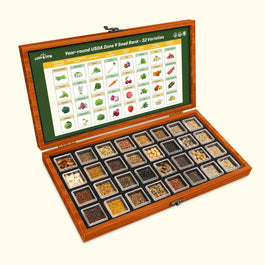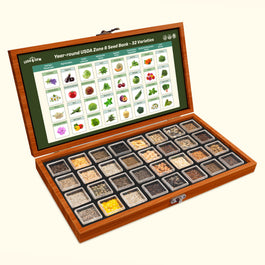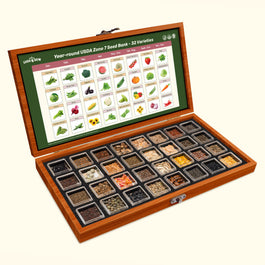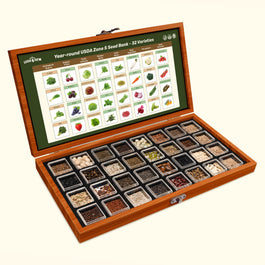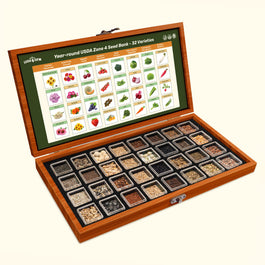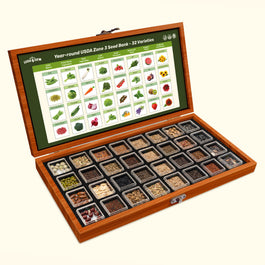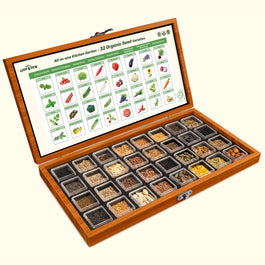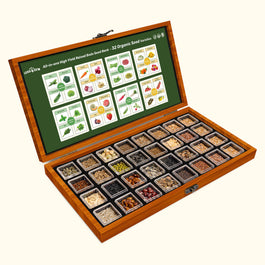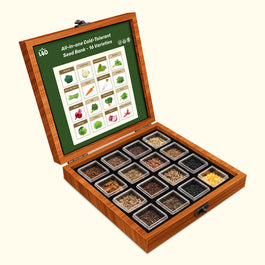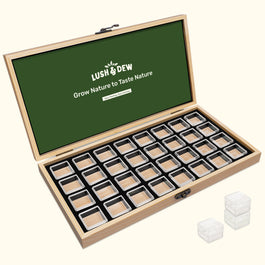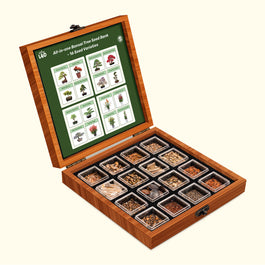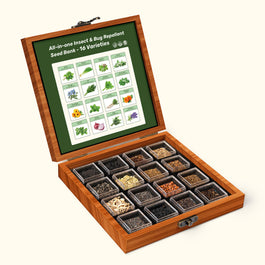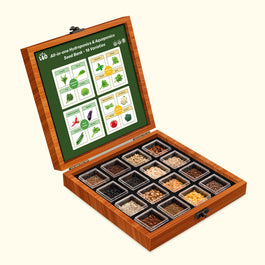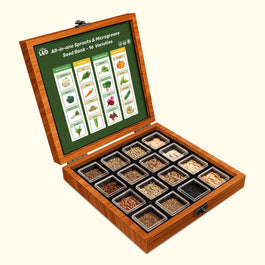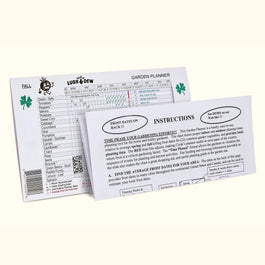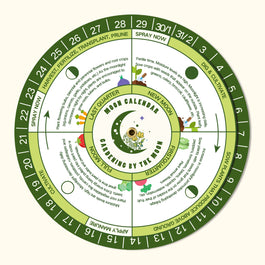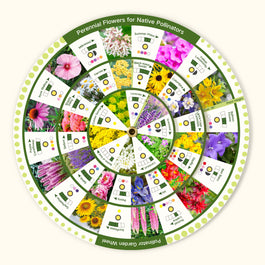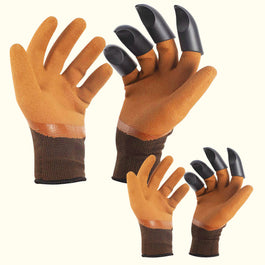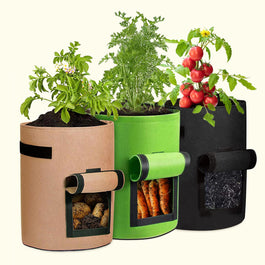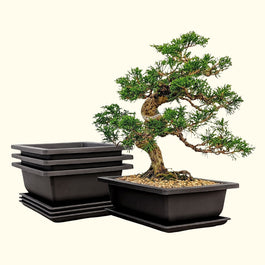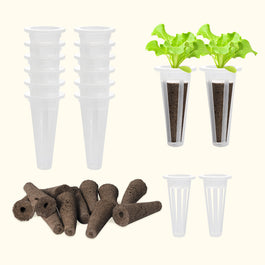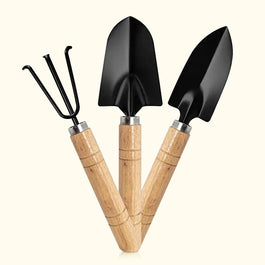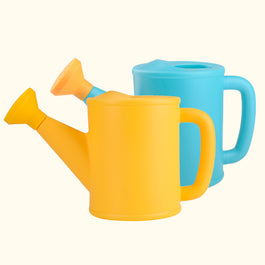Zodiac Seed Banks - New Arrival
The Zodiac Seed Bank is a year-long gardening experience, designed to align with your zodiac sign. Each of the four kits (Fire, Earth, Air, Water) contains 12 handpicked seeds that represent the personality, energy, and growth potential of each sign. Cultivate plants that resonate with your inner self and grow with the stars!
- Fire Signs: Ignite Your Garden with Passion
- Earth Signs: Rooted in Nature, Steady in Growth
- Air Signs: Breathe Life into Your Garden
- Water Signs: Grow with the Flow, Nurture Your Soul
USDA Zone 3-4: Cool-Climate Gardening
• Planting Time: Late May to Early June (After last frost)
• Tips: Use row covers to protect plants from late frosts and prepare your soil early to ensure warmth for cool-season crops.
USDA Zone 5-6: Moderate-Climate Gardening
• Planting Time: Late April to Early May (After last frost)
• Tips: Start seeds indoors in early spring to extend the growing season, and use raised beds to warm the soil faster.
USDA Zone 7-8: Warm-Climate Gardening
• Planting Time: Early April to Late May (After last frost)
• Tips: Wait until the last frost to plant heat-loving crops and mulch around plants to retain moisture during warmer months.
USDA Zone 9-10: Subtropical Gardening
• Planting Time: Year-Round, Focus on Spring to Summer
• Tips: Plant cool-season crops in the fall and winter, and protect heat-sensitive plants from intense summer sun using shade cloth.
Not sure which USDA zone you are in?
Using the USDA Plant Hardiness Zone Map, simply enter your zip code to determine your specific growing zone.









